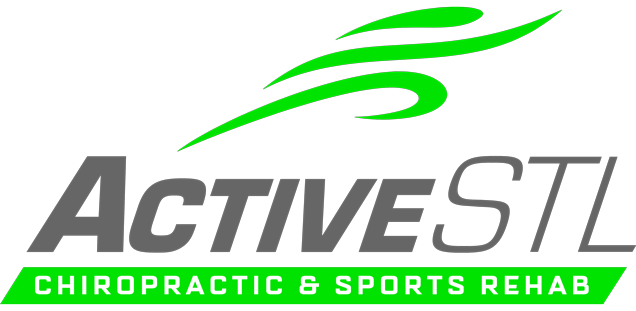What is Sciatica?
Sciatica refers to pain that radiates along the path of the sciatic nerve, which runs from your lower back through your hips and down each leg. This pain is typically caused by a compressed or irritated nerve in the lower spine. Sciatica is not a disease on its own but a symptom of underlying issues like a herniated disc or bone spurs. This blog will also explain the benefits of chiropractic care for sciatica relief.
Symptoms
People with sciatica often describe their pain as:
- A sharp or burning sensation that travels from the lower back down to the legs.
- Numbness or tingling in the leg or foot.
- Weakness in the affected leg.
- Pain that worsens with prolonged sitting or sudden movements, like coughing or sneezing.
Who Does Sciatica Affect?
Sciatica affects people of all ages but is most common in adults aged 30 to 50. Those with jobs that require heavy lifting, prolonged sitting, or repetitive motion are at higher risk. Being overweight or leading a sedentary lifestyle can also contribute to developing sciatica.
How Can Chiropractors Help?
Chiropractors focus on aligning the spine and addressing the root cause of nerve irritation. They use gentle adjustments to relieve pressure on the sciatic nerve. Chiropractic care aims to improve spinal mobility, reduce inflammation, and alleviate pain naturally—without relying heavily on medication.
Should You See a Chiropractor?
If you experience symptoms, seeing a chiropractor can be beneficial. They can conduct a physical exam to identify the root cause of your pain and develop a personalized treatment plan. However, if you have severe symptoms like significant leg weakness, loss of bowel or bladder control, or severe pain that doesn’t improve, you should consult a medical doctor immediately.
At-Home Remedies to Ease Symptoms
While chiropractic care is effective, some at-home remedies can also help ease symptoms:
- STAY ACTIVE: Avoid sitting for too long, as this can put pressure on the sciatic nerve. Gentle activities like walking, can keep the muscles and joints loose.
- Stretching: Simple stretches like knee-to-chest, piriformis, or hamstring stretches can help alleviate pressure on the sciatic nerve.
- Hot and Cold Therapy: Alternating between ice packs and heating pads can reduce inflammation and soothe pain.
- Good Posture: Sitting with good lumbar support and avoiding prolonged sitting can help reduce pressure on the lower back.
Similar Conditions That Can Be Mistaken for Sciatica
Sometimes, other conditions may mimic the symptoms of sciatica, such as:
- Piriformis Syndrome: Caused by the piriformis muscle compressing the sciatic nerve, leading to similar radiating leg pain.
- Sacroiliac Joint Dysfunction: Pain in the lower back and hips can mimic sciatica but is due to joint dysfunction.
- Spinal Stenosis: This condition narrows the spinal canal, leading to nerve compression and sciatica-like symptoms.
- Herniated or Bulging Discs: These discs can compress nerves in the lower spine, causing radiating pain like sciatica.
Final Thoughts
Sciatica can be a painful and frustrating condition, but it doesn’t have to limit your life. With the right care, including chiropractic adjustments and at-home remedies, you can manage your symptoms and get back to doing what you love. If you’re unsure whether you have sciatica or another similar condition, consulting a professional can help you find the right path to recovery.



